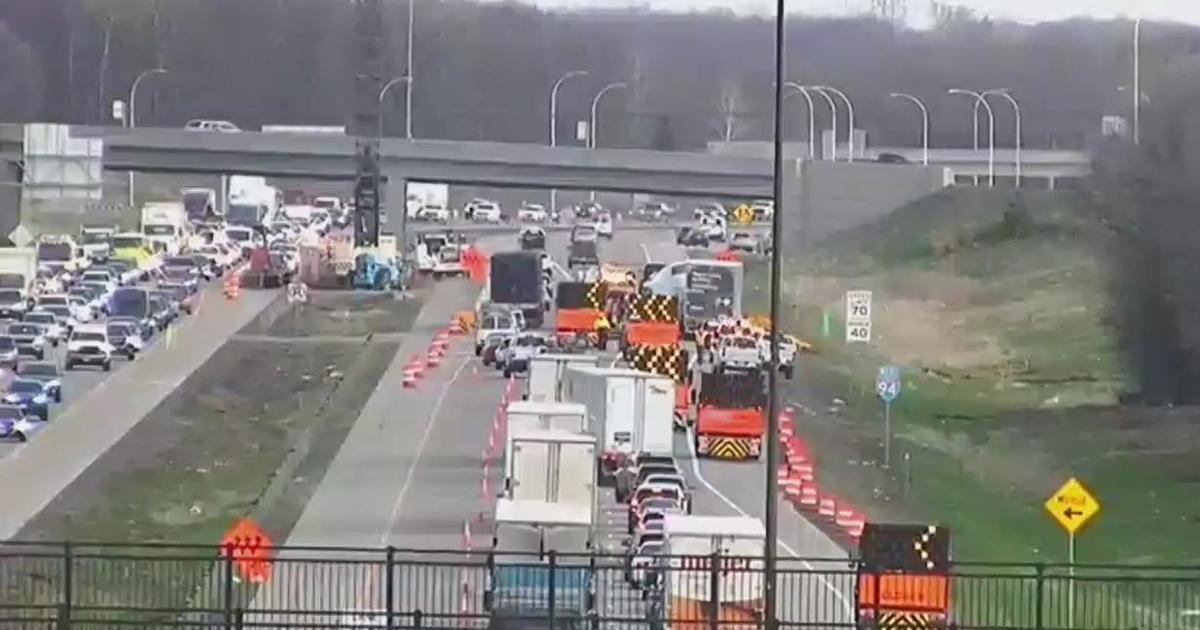Nat'l Weather Service Cuts Could Put Minnesotans In Harm's Way
-->
MINNEAPOLIS (WCCO) - We've heard recently about furloughs for FAA air traffic controllers which have been suspended, but there is another agency facing funding cuts: NOAA, which could jeopardize the safety of all Minnesotans when severe weather strikes.
Joe Calderone is an employee organization representative for the National Weather Service. He says fewer employees on duty means a higher likelihood of insufficient warnings.
"Think about what happened in the metro here a couple years ago where we had a tornado go through the north metro - if there was no warning for that," Calderone said.
The unimaginable may soon become a reality for residents of Minnesota and all across the country as the National Weather Service confronts massive budget cuts - a result of the federal sequester.
"It just came down from our parent organization NOAA that they would like to implement furloughs for all of the NOAA line offices, including the National Weather Service, for potentially up to four days," he said.
Already contending with a hiring freeze, the proposed furloughs would impact 12,000 NOAA employees, including those at the National Hurricane Center and 122 local weather service offices nationwide.
The cuts would force time-off for forecasters who track Mother Nature - who never takes time off.
"That day that NOAA wants to have the furlough, we can't exactly say, "No, we need the tornado to wait for eight hours until we can call somebody in,'" he said.
An understaffed National Weather Service office means that severe weather warnings may not be issued at all. These are the same warnings that broadcast meteorologists bring to viewers.
"You're talking in a large metropolitan area thousands and thousands of people that could be in the path of a tornado and you just don't have the warning that is going out," he said.
This potentially dangerous scenario comes with very poor timing locally.
"The four days that have been selected are two days in July, two days in August," he said. "Those, climatologically, are the two months that we see second- and third-highest ranked that we see severe weather here in the Twin Cities area."
And these furloughs could not only impact warning dissemination, but the quality of hurricane forecasts, aviation forecasts provided to local airports and lead to outages of radar and satellite data due to a shortage of employees available to fix glitches.



